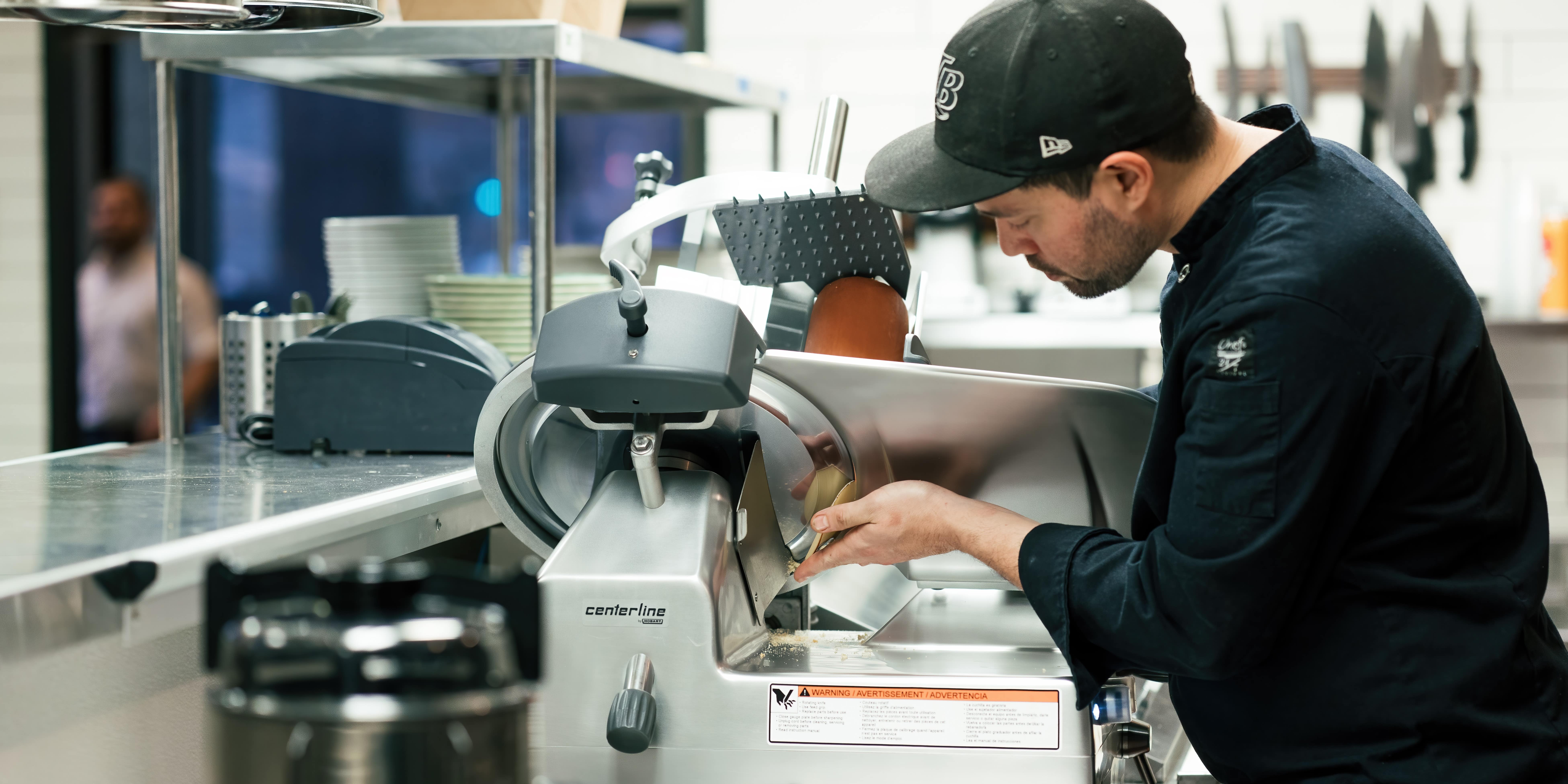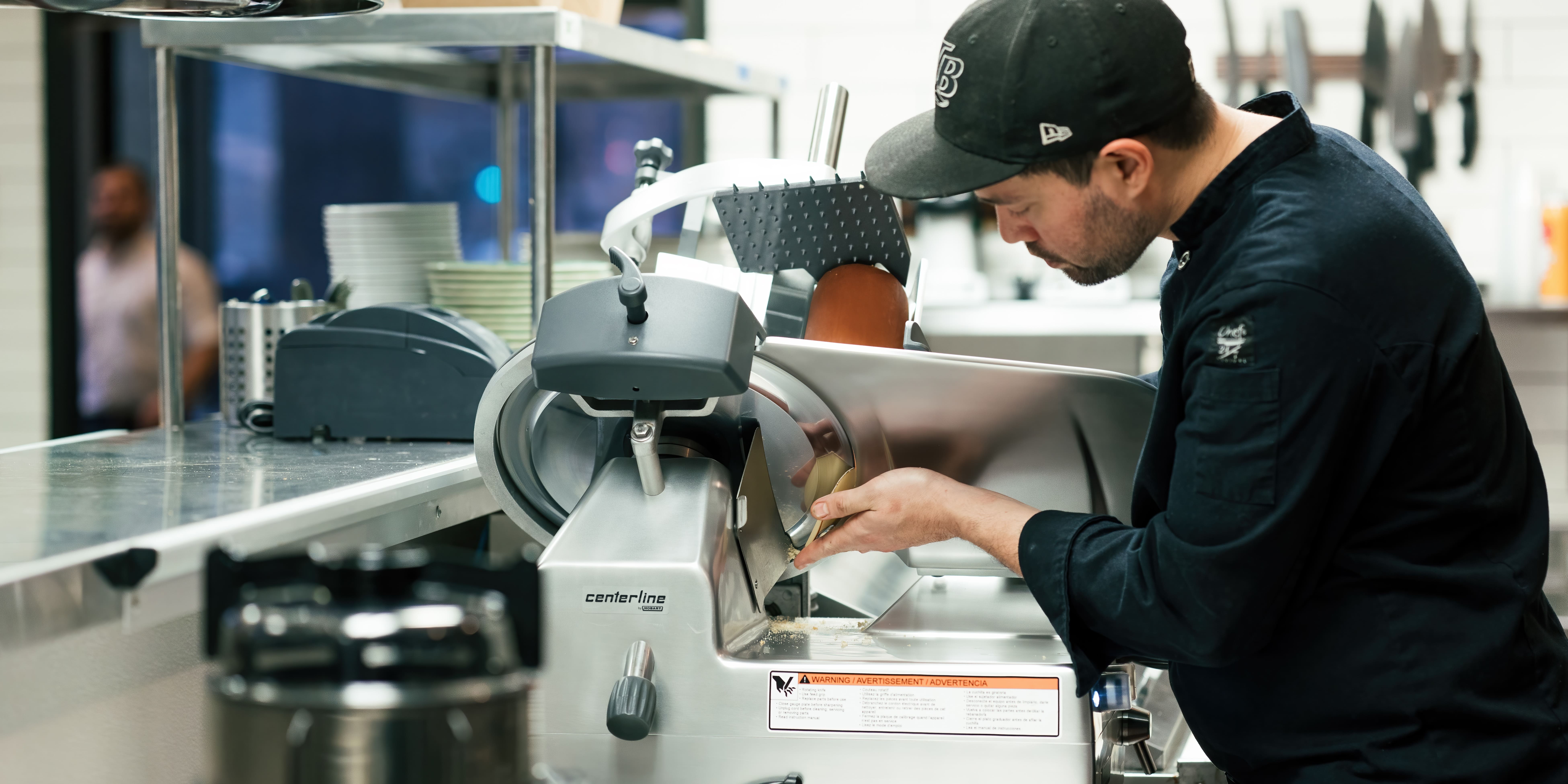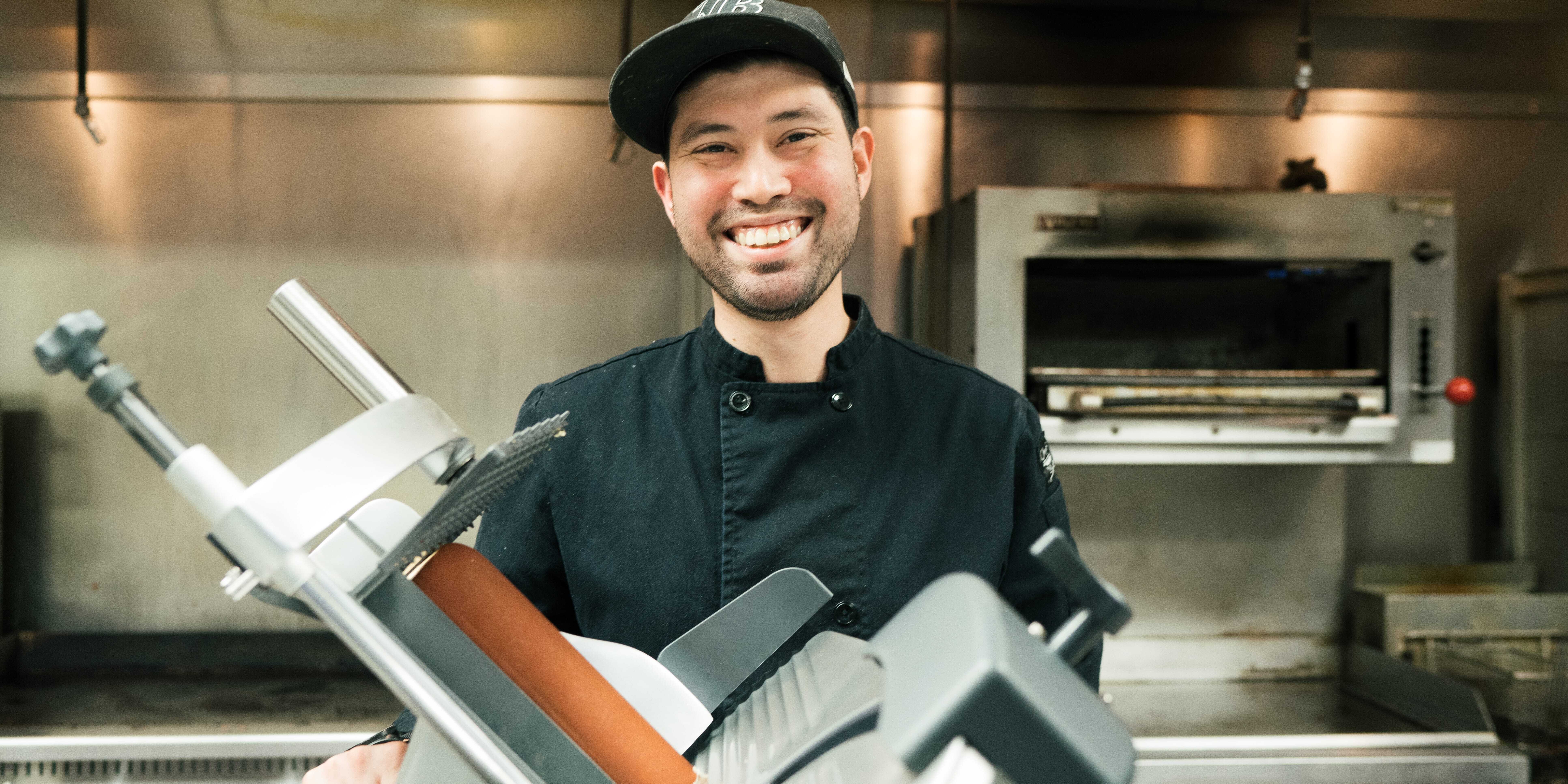When it comes to opening and operating a successful independent restaurant, there are many factors to consider — location, size and staffing to name a few. It’s also important to take the time to put together a well-thought-out menu, especially for new restaurants.
A simple restaurant menu can affect how streamlined a kitchen’s operations are, provide cost savings by lessening the number of ingredients ordered and reduce waste by not over-purchasing. Both can help simplify inventory, along with giving a better understanding of total food costs and helping determine which vendors will be best to work with.
So, what steps can owners and chefs take to make a good menu for their restaurant?
First, determine the type of food to be served and its availability. Is local or seasonal food an option and readily available? Are there other restaurants offering similar menu items in the area? If possible, chefs may want to avoid direct competition by offering a unique menu that differentiates the restaurant from others nearby.
When creating a menu, determine the available weekly food budget and set menu pricing accordingly so as not to over-spend, but rather to generate a reasonable profit. Carrying ingredients across multiple menu items is a good cost-savings measure to help. It can also simplify inventory management. And even when carrying ingredients across several menu options, it’s possible to offer a variety of options to meet customer demands. Consider providing gluten free and vegetarian appetizers and entrees to appeal to a wider customer base.
Consider the skills of the kitchen staff, maximizing on their strengths to bring menu items to life. Offer training to help build those skills.
When it comes to the physical menu, it’s important to have clear, concise descriptions, while also avoiding spelling and grammatical errors. Have an experienced writer proofread and edit the menu. Create a logical flow to the menu and promote signature dishes. Remember, along with the actual space and decor (and cleanliness!), the menu impacts first impressions. The food and service round out the experience.
Restaurant kitchen equipment
Having the right commercial restaurant equipment can help execute high-quality, yet cost-effective menu items. That includes food prep equipment like food processors, mixers and slicers.
This equipment introduces greater efficiencies compared to manual prep, since they can complete the task of processing, mixing and slicing faster. They also ensure consistency compared to manual prep. That not only helps chefs and their staff produce meals that are appealing to customers, but it also helps control costs. For example, slicing tomatoes with a food processor provides a consistent volume of output, whereas a kitchen staff member cutting tomatoes may produce a varying number of slices. That can make it difficult to project costs.
When it comes to using food processors, chefs can buy product in bulk to process. Blocks of cheese, for example, are less expensive than buying bags of grated cheese. Whole fresh fruits and vegetables also cost less and last longer than packaged ones, lowering costs associated with waste and saving money for the upfront purchase. The same holds true for wholesale meats, as they are also cheaper to buy and slice compared to pre-packaged, sliced meats.
Collectively, food processors, mixers and slicers can support the creation of a variety of menu items. For instance, for an Italian restaurant, chefs and their kitchen staff can use a continuous-feed food processor for slicing veggies for sides or to add to sauces, and use a mixer for mixing fresh pasta. For meats and cheeses, a slicer can handle slicing for a charcuterie board. The addition of a meat grinder is good for making meatballs and sausage.
There are possibilities for other types of restaurants, too.
American restaurants could produce several menu items with an array of food prep equipment. Again, a continuous-feed food processor works well to quickly slice, dice, shred and chop vegetables for side dishes or for an appetizer like bruschetta or a veggie flat bread. A bowl-style food processor works well for making hummus and sauces, while a mixer can mix up fresh breads, rolls and desserts. Slicers can make quick work of slicing turkey, ham and cheeses for sandwiches. To make burgers, a meat grinder works well and provides a good alternative to frozen product.
What about a Mexican restaurant? A continuous-feed food processor is great for Pico de Gallo and taco toppings and a bowl-style model can make quick work of salsas and guacamole. For fajita meat, a meat tenderizer can take care of the job.
Making the Most of a Menu and Equipment
Creating a menu for a restaurant that is appealing, reasonable to execute in the kitchen and is cost effective is important. Take time to come up with restaurant menu ideas and to train staff to use equipment properly to make them. When used as intended, food prep equipment can be a key to maintaining costs by reducing waste and providing consistent, high-quality results that improve customer satisfaction.
About the Author
 Grace Strotman is the marketing & K-12 segment manager for Hobart – Food Preparation Products. She has been with Hobart since 2020 and is responsible for marketing communications for the full line of Hobart food preparation equipment, with an added focus on the K-12 segment. See all her blogs here.
Grace Strotman is the marketing & K-12 segment manager for Hobart – Food Preparation Products. She has been with Hobart since 2020 and is responsible for marketing communications for the full line of Hobart food preparation equipment, with an added focus on the K-12 segment. See all her blogs here.





-min.jpg)





